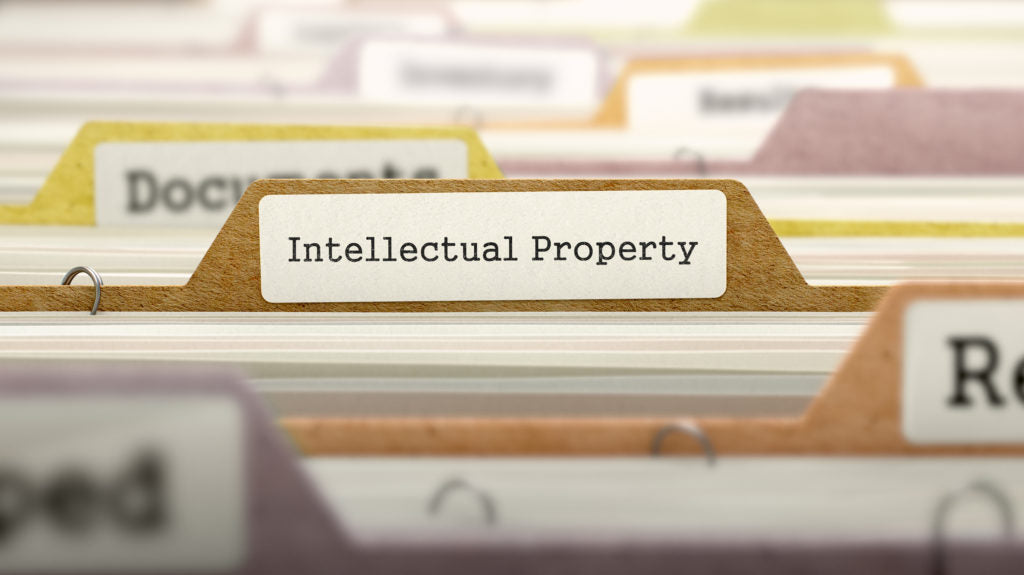
Before IP - Confidential & Proprietary Information
Before we delve into IP rights, remember to protect as much information in your business as possible. The commercial information you hold in your documents, plans and accounting records, is key to what you do and how you do it, and also what constitutes the business. Sometimes these are referred to as trade secrets or commercial secrets. This confidential information is key to success in any business and can also harm any business if it is used by another. What if a competitor discovers your pricing on a product and how much margin you make? Or if the detail of how a product is put together is innovative and this know-how (how it’s done) and proprietary information (information you own) falls into the hands of a bigger company who can do it cheaper and quicker? A common way for you to protect this information is via a confidentiality agreement (or non-disclosure agreement), or some confidentiality provisions in your terms with another party.
Top Tip
Where there is no relationship or contract between you and another party, make sure you label communications, emails, documents, and other materials as ‘confidential and proprietary information. This then puts any recipient on notice that this information is important to you and must be respected and treated in accordance with the laws of confidentiality.
Copyright
Copyright is the cheapest way of protecting your IP as it does not need to be registered, however if your ownership is contested, it might be challenging to demonstrate ownership without a document trail. It is therefore very important to audit your copyright work and to control how it is shared.
Copyright is a national right and will continue to exist post-Brexit. However, UK law has been extensively influenced by EU jurisprudence, and it is likely that the UK and EU approaches will diverge further over time. The question over whether the potential difference in the level of copyright protection under UK law complies with EU law may never be finally resolved, leaving designers stuck with the limited protection afforded to products under the UK’s CDPA.
Copyright owners are advised to place the universal symbol for the copyright © next to their name and the year to show they own the copyright.
For example; ‘Copyright © 2021 JOHN DOE LTD. All Rights Reserved.’
Copyright can certainly protect a print design. Copyright will prevent a copycat from copying a drawing, image, or a graphical design appearing on a product (or a substantial part of it) - provided it is sufficiently original
Top Tip
To label what is your Copyright, place the universal symbol for the copyright © next to you or your company name right to show you own the copyright:
' Copyright © 2021 JOHN DOE LTD. All Rights Reserved. '
Trademarks - Brand name & Logo
Modern UK trade-mark law is derived from EU law (although it has its origins long before the EU came into existence). It is very likely that UK trade-mark law will remain aligned with EU trade- mark law for some time. However, there is likely to be some divergence unless the UK agrees to a deal that keeps its trade-mark law bound to that of the EU (which seems unlikely).
However, as a positive for brands, products sold on the EEA market outside of the UK will no longer have had their rights “exhausted”, meaning that brands will be able to prevent sales and imports of genuine products into the UK from the rest of the EEA. A trade-mark can be registered to protect pretty much anything that is capable of both distinguishing the goods or services of one undertaking from those of another and being represented on the trade-marks register. Recent reforms were intended to make it easier to register “non-traditional” trade-marks, including more exotic trade-marks such as the smell of a perfume. Unfortunately for brands though, the EUIPO and EU courts have made it increasingly difficult to register (or maintain the registration of) such trade-marks, and in particular those seeking to protect the shape of a product.
Finally - ‘passing-off’ allows the owner of goodwill in a brand name or ‘get-up’ to prevent another from misrepresenting that its goods or services are those of the owner of the goodwill. Passing off can be particularly useful when a designer does not own any registered rights. Rihanna, famously (and successfully) sued Topshop for using an image of her on a garment. If a designer is known for using a certain sign or feature, its use by a competitor could constitute passing off.
